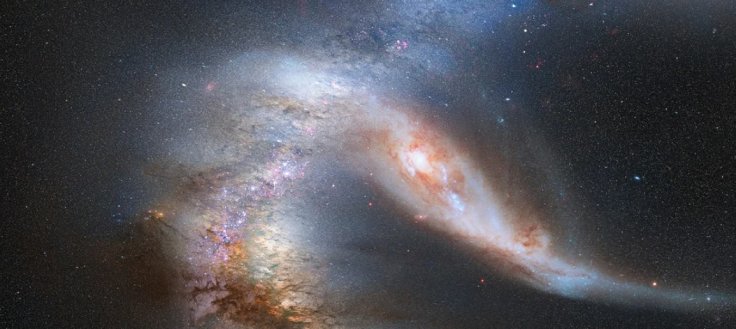A new study conducted by a team of space experts has detected the most distant radio blast ever known. These blasts came from a very distant quasar, and it took almost 13 billion years to reach Earth. It means these blasts are coming from a time when the universe was just 780 million years old.
Detection of Radio Jets
This is not the first time that scientists are detecting signals from distant quasars. However, this new discovery is considered special due to its ''radio-loud''. Moreover, it is for the first time that radio jets have been able to be detected from such a distant object.

Quasars are one of the brightest objects in the universe, and usually, they are found at the center of galaxies. These quasars will be powered by a supermassive black hole, and when the surrounding gas gets eaten up by the black hole, it expels powerful energy that gets spread to all nooks of the universe. Out of these, only ten percent of these signals are radio-loud, and they shine so brightly to scientists.
More Details about the Newly Detected Quasar
The newly detected quasar has been named P172+18, and it is powered by one of the most hungry black holes ever observed. According to experts, this black hole is more than 300 million times massive as the sun, and it is rapidly growing.
"I find it very exciting to discover 'new' black holes for the first time, and to provide one more building block to understand the primordial Universe, where we come from, and ultimately ourselves," said Chiara Mazzucchelli, a researcher at the European Southern Observatory, Science Daily reports.
Fast Radio Bursts and Alien Connection
A few months back, another study led by Paul Scholz, a researcher at the University of Toronto, Canada had detected a radio signal source within the Milky Way galaxy. It was for the first time that scientists are discovering radio signals coming within the galaxy, and it made several people believe that aliens are trying to establish contact with humans on earth. However, researchers revealed that these radio signals came from an active magnetar known as SGR 1935+2154.









